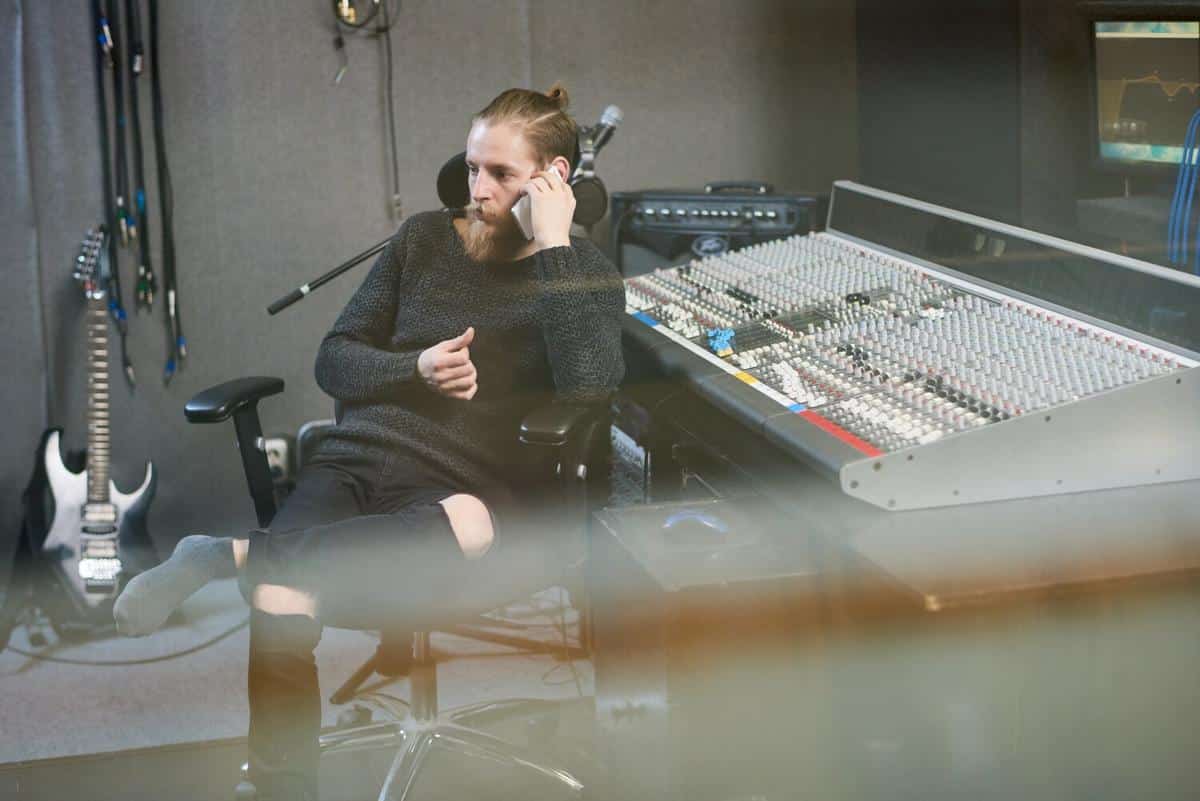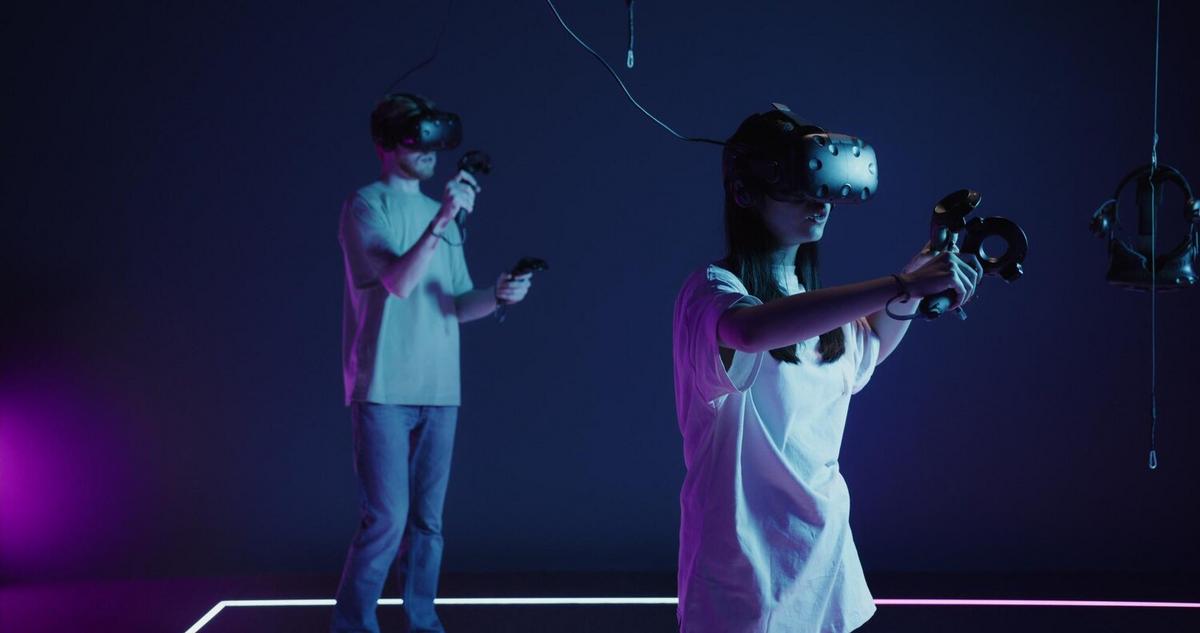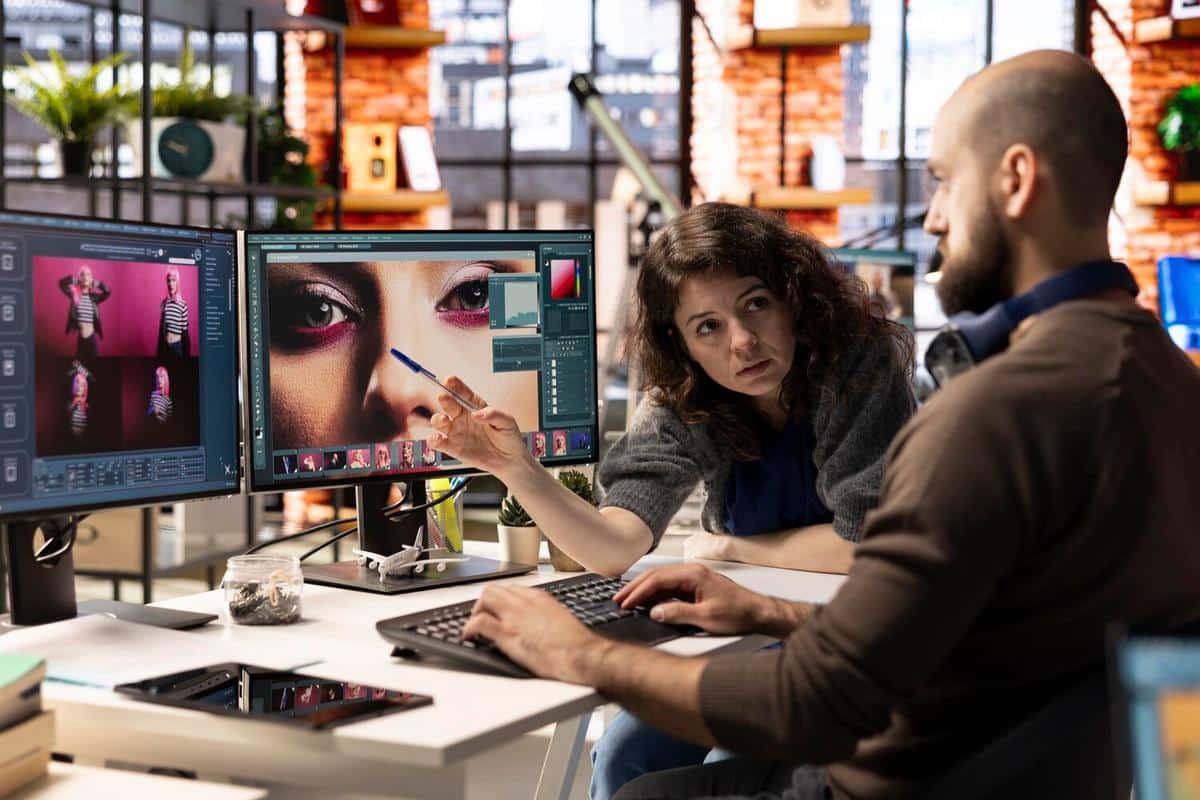
Shooting Portraits in Natural vs. Studio Settings
Portrait photography offers a captivating exploration of human expression and character, and choosing between natural and studio settings plays a crucial role in the creative process.
Choosing the right setting for shooting portraits can significantly impact the final result, and photographers often find themselves deliberating between natural and studio environments. Both settings offer unique advantages and challenges that can influence the mood, style, and overall quality of the portrait.
Exploring Natural Settings
Natural settings provide an abundance of ambient light and organic backgrounds, which can enhance the authenticity of a portrait. According to renowned photographer Joe McNally, “Natural light can be your best friend, offering a spectrum of hues and shadows that add depth and warmth to portraits.”
Statistics show that 60% of photographers prefer natural settings for their portrait work due to the vibrant and dynamic atmosphere they offer. The unpredictability of natural light, however, can pose challenges, requiring photographers to adapt quickly to changing conditions.
Personal Experience in Nature
I recall a session I had with a client in a local park. The sun was setting, casting a golden hue over the scene. It created a picturesque backdrop that complemented the subject’s natural beauty, resulting in stunning portraits that required minimal editing.
Benefits of Studio Settings
Studio environments offer controlled lighting and settings, giving photographers the flexibility to create specific moods and styles. As portrait photographer Lindsay Adler emphasizes, “Studio allows for complete control over every element, from lighting to background, enabling you to craft the perfect shot.”
Research indicates that studio settings are favored by 40% of photographers for their ability to provide consistent and reliable results. With studio photography, every detail can be meticulously planned, allowing photographers to focus on creativity without the unpredictability of weather or natural light changes.
Studio Success Story
During a recent studio session, I experimented with various lighting setups to create dramatic shadows and highlights, resulting in a series of portraits that were both striking and artistic. The controlled environment allowed for experimentation that would be difficult to achieve outdoors.
Comparison Table: Natural vs. Studio Settings
| Aspect | Natural Settings | Studio Settings |
|---|---|---|
| Lighting | Varied and dynamic | Controlled and consistent |
| Background | Organic and diverse | Customizable |
| Flexibility | Limited by weather and time | Unlimited |
| Cost | Lower, minimal equipment | Higher, equipment required |
| Creativity | Inspired by nature | Inspired by design |
| Comfort | Dependent on location | Controlled environment |
| Preparation | Scouting needed | Setup and teardown required |
| Result | Natural and authentic | Polished and artistic |
Frequently Asked Questions
Is it better to shoot portraits in natural light or studio light?
Both have their merits. Natural light offers authenticity and warmth, while studio light provides control and consistency.
How can I make the most of natural settings?
Scout locations in advance and plan shoots during golden hours for optimal lighting.
What should I consider when setting up a studio shoot?
Invest in quality lighting and backdrops, and plan your setup to allow for creative flexibility.
Conclusion
Whether you choose to shoot portraits in natural or studio settings, each environment offers unique opportunities to capture the essence of your subject. By understanding the strengths and limitations of each setting, you can make informed decisions that enhance your photographic style and meet the needs of your clients.
As you continue to explore the world of portrait photography, consider experimenting with both settings to discover which best aligns with your creative vision. Embrace the challenges and rewards each environment presents, and let your portraits tell compelling stories that resonate with viewers.


